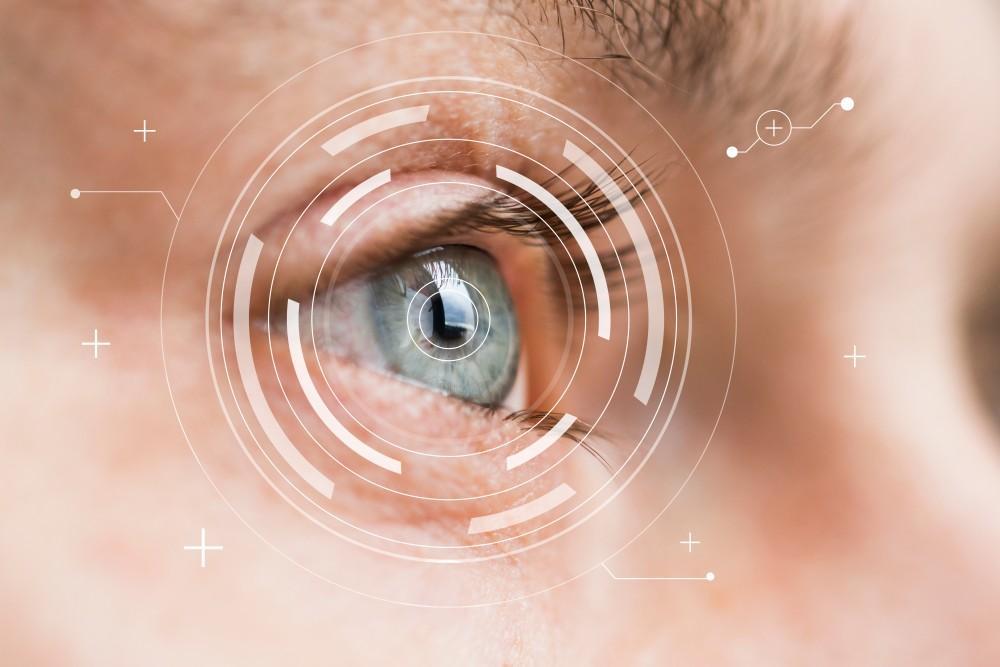
Do You Have These Symptoms of a Cornea Problem?

While it’s easy to think of the cornea as the clear protective layer over your eye’s lens and iris, an important job in itself, it’s also the first stage of visual processing. With a curved edge, the cornea starts the light refraction process, helping with both near and far focusing.
Cornea problems have real consequences for your vision. As the outer layer, they’re vulnerable to injury, but infection and disease can also affect the way you see. Once you learn the symptoms of cornea disorders, you’re better prepared to notify Dr. Stephen Khachikian and his team when potential issues arise. The sooner you receive treatment, the better your chances for a successful outcome for most eye issues.
Corneal anatomy
There are three layers comprising your corneas:
- Epithelium, or outer layer
- Stroma, the thickest, middle layer
- Endothelium, the thin inner layer
Each layer has a role to play in conjunction with the others. The epithelium serves as a protector, and it also draws nutrients into the eye from the tear layers that cover it. The stroma is viscous, giving the cornea its shape, and the endothelium helps regulate the moisture levels in the stroma.
Symptoms of cornea conditions
Diseases of the cornea share symptoms with other eye conditions, so it’s often difficult to pinpoint where your symptoms originate. Ultimately, though, it doesn’t matter where the symptoms begin. A visit to Dr. Khachikian is the smart move whenever you notice something different about your sight or the way your eyes feel.
The most common symptoms associated with cornea issues include:
- Pain
- Excessive tear levels
- Persistent redness
- Blurred or cloudy vision
- Increased sensitivity to light
The early stages of many corneal diseases have few or no symptoms, so it’s important to react when you do notice changes to your eyes, even if these don’t seem like a big issue at the time.
Conditions that affect the corneas
Bacteria, fungi, and viruses can all affect your corneas, particularly after an injury, leading to an inflammatory condition called keratitis. Similarly, a viral infection called ocular herpes can cause sores on your corneas, spreading deeper as it reoccurs over time. Shingles can travel through nerve tissue into your eyes, also creating sores on your cornea.
Some infections of the cornea may be related to contact lens use. Even if your lenses are approved for use while sleeping, it’s not a good practice and it increases your risk of cornea damage. Many of the almost one million eye infections occurring each year are due to improper contact use.
Keratoconus is a degenerative condition that thins the cornea and changes its shape. It’s caused by various eye diseases, genetic conditions, and sometimes from chronic eye rubbing.
Corneal dystrophies account for more than 20 different structural conditions that cause the symptoms associated with cornea problems. Typically, these are genetic conditions and there’s nothing you can do to prevent their emergence.
As with many medical conditions, the sooner you address cornea symptoms, the better your chances are for avoiding serious vision issues. Contact Dr. Stephen Khachikian by phone or online at the earliest sign of eye symptoms.
You Might Also Enjoy...


I’m Not a LASIK Candidate. What About PRK?

Telltale Signs Your Eye Problem Is a Cornea Issue

Why Are Cataracts Common In Seniors?

Can You Prevent Keratoconus From Getting Worse?


